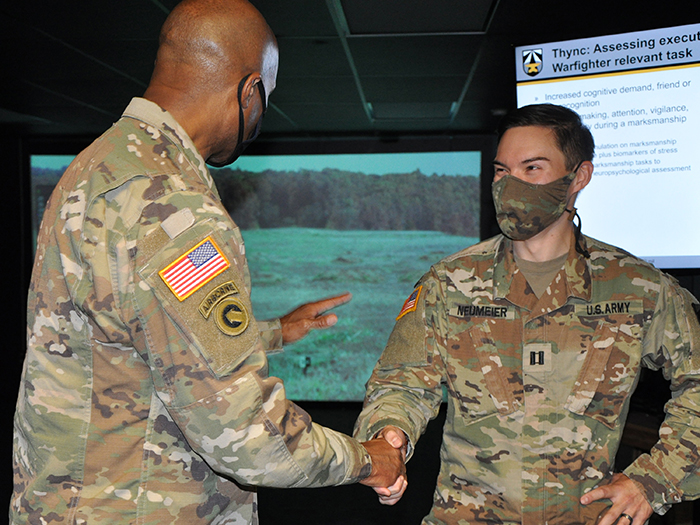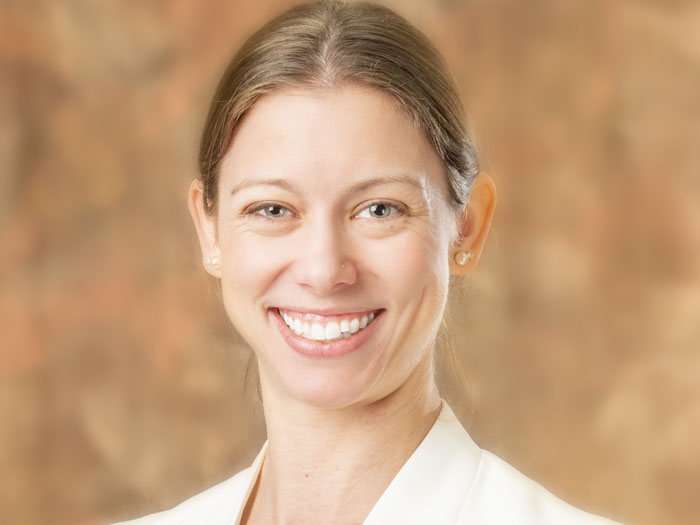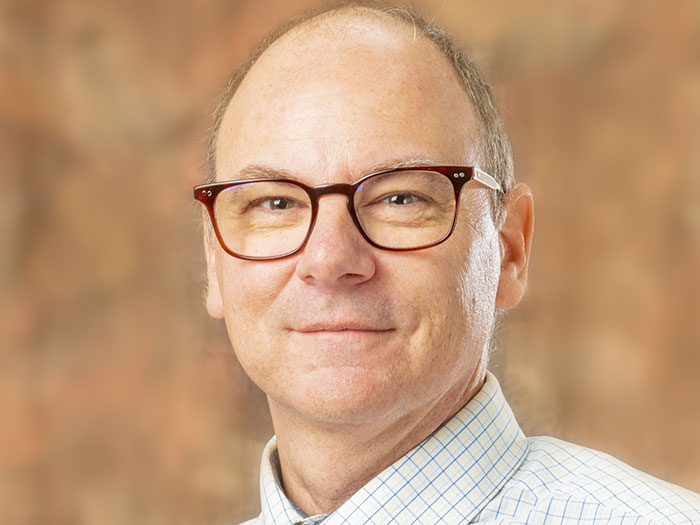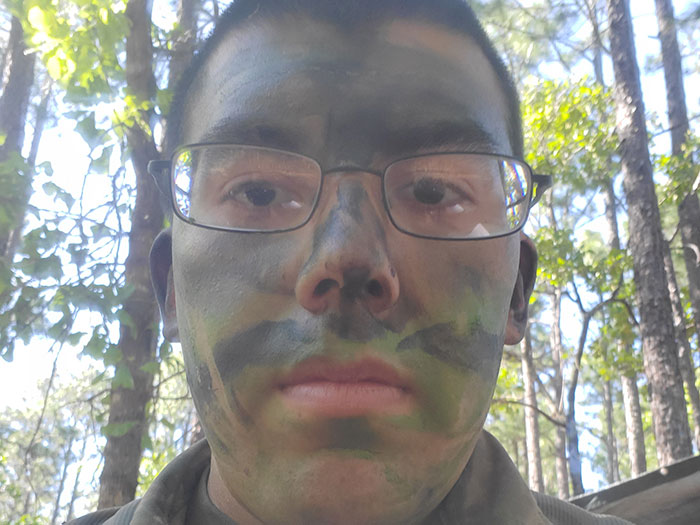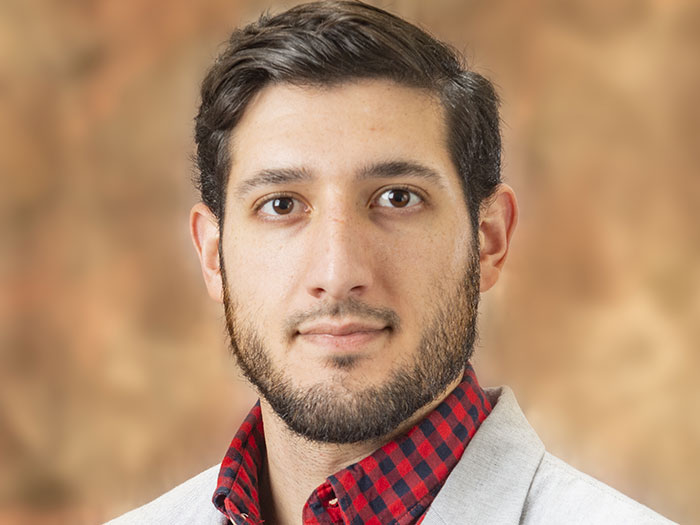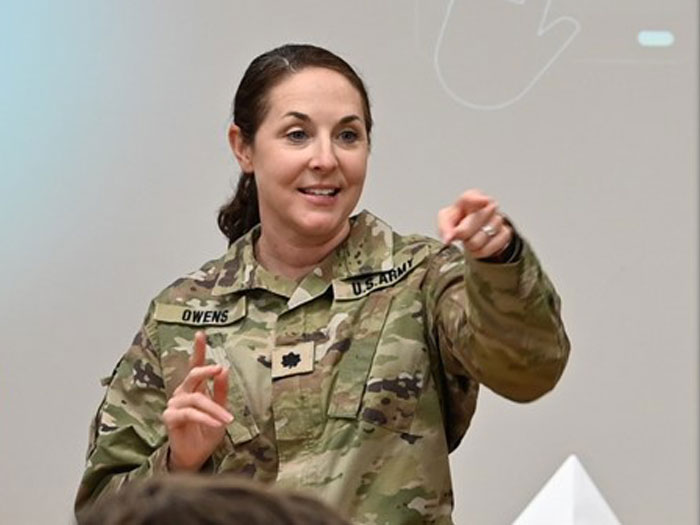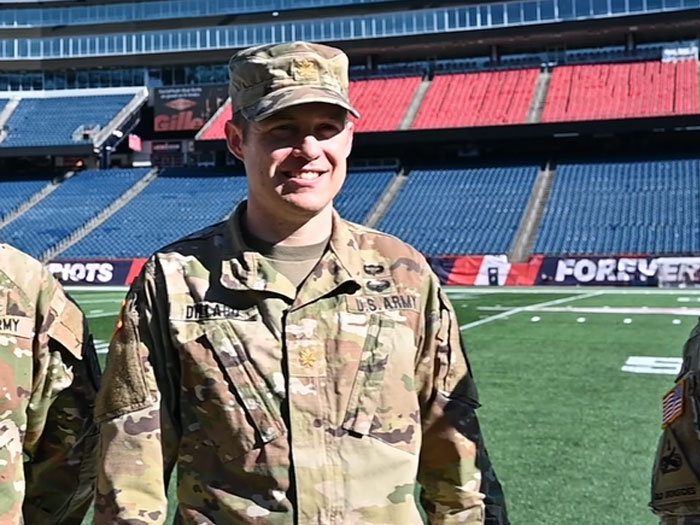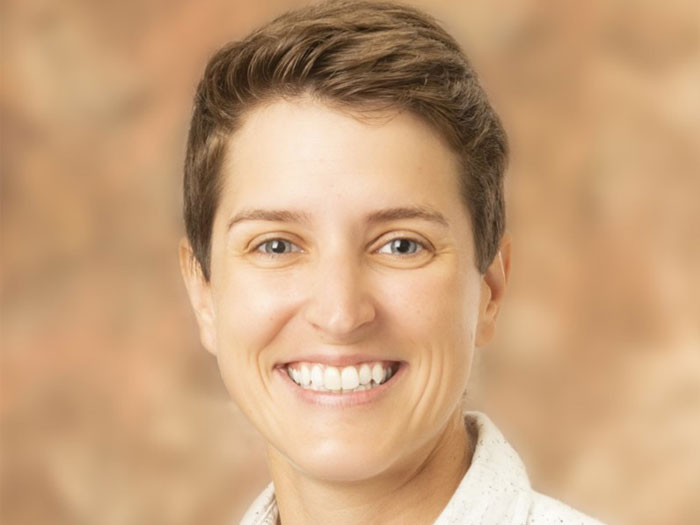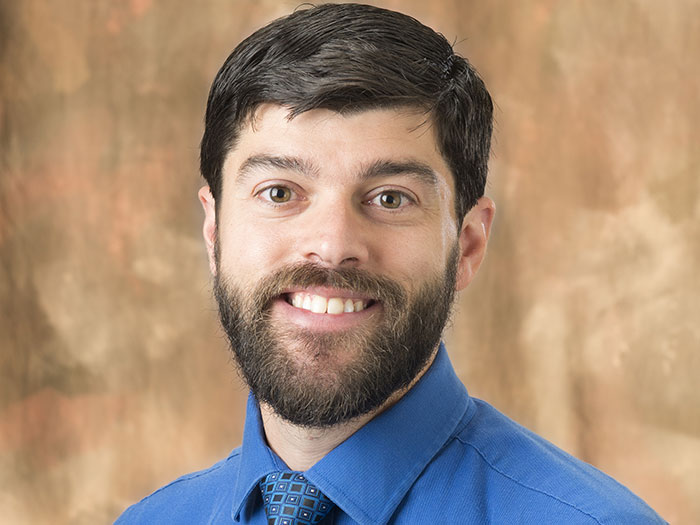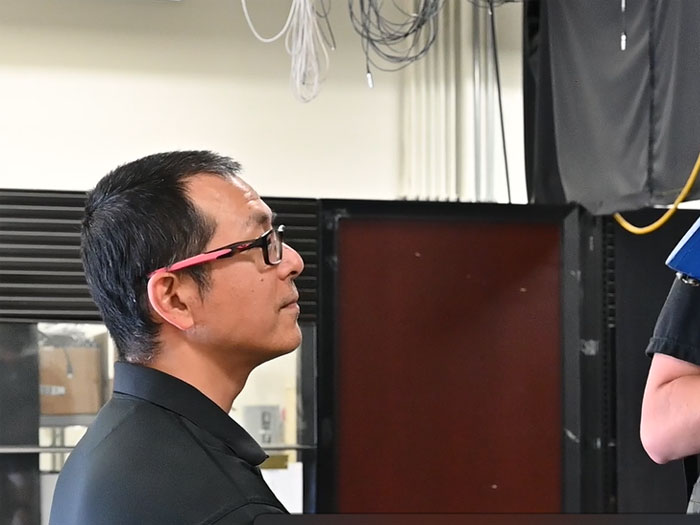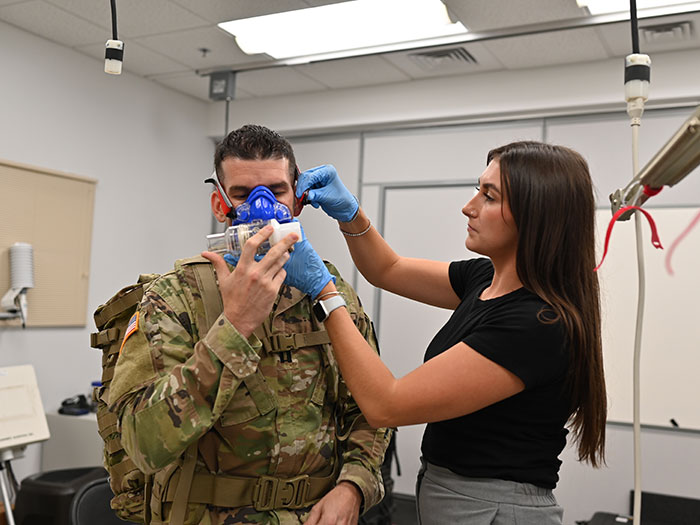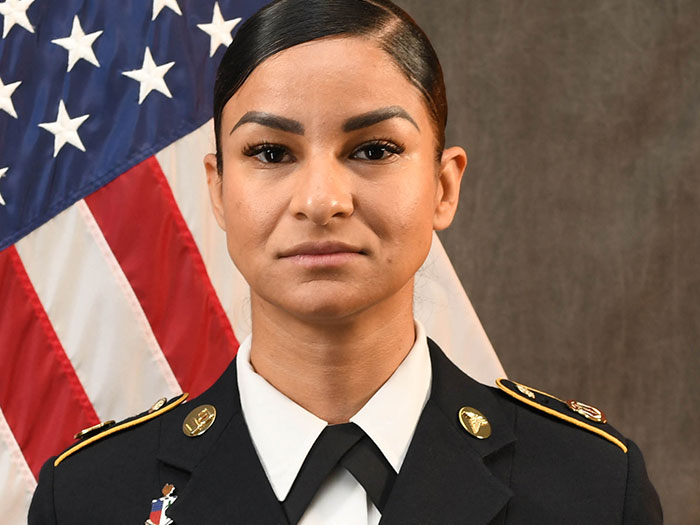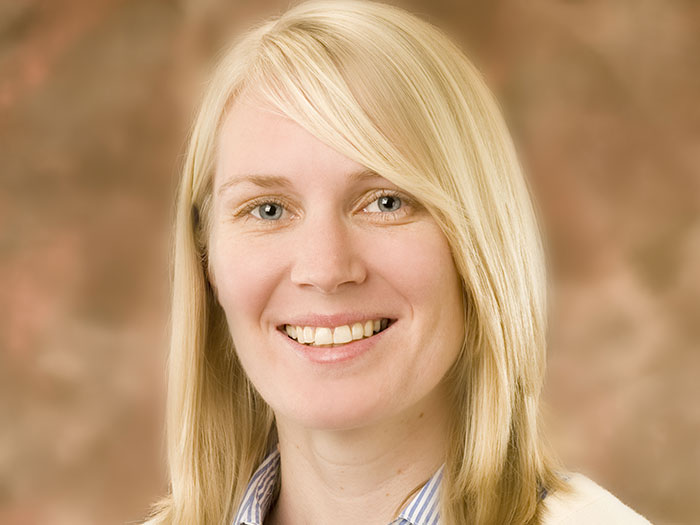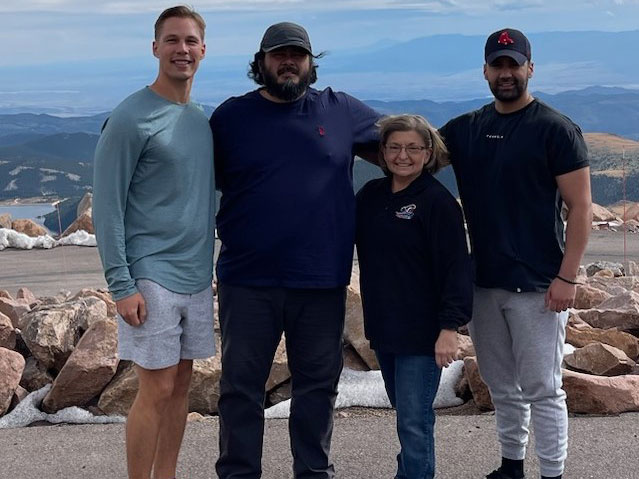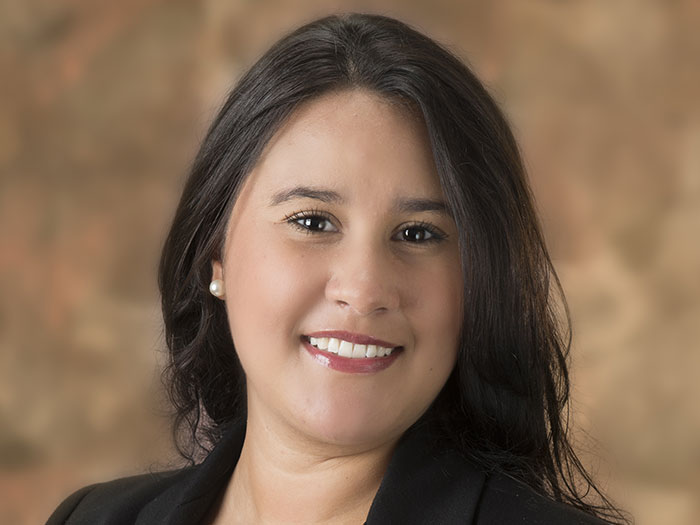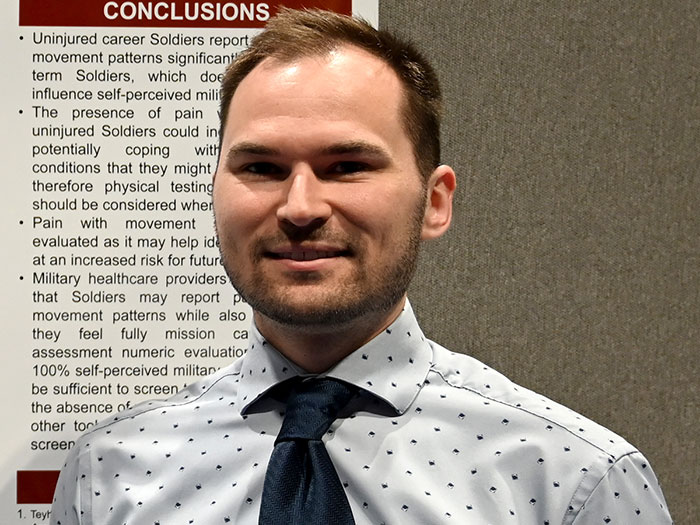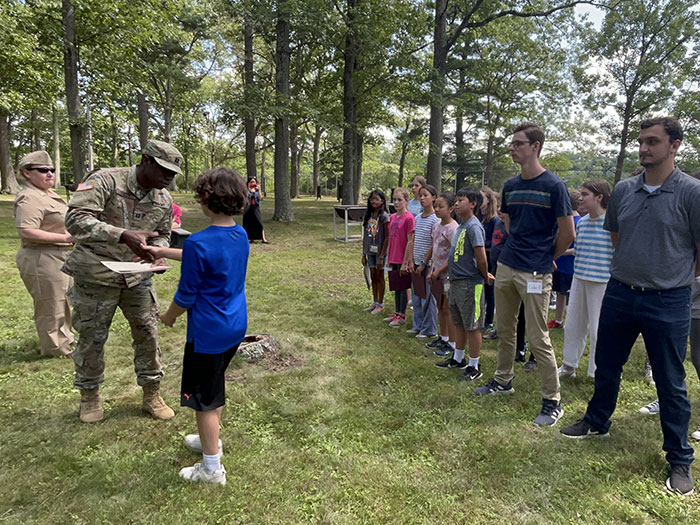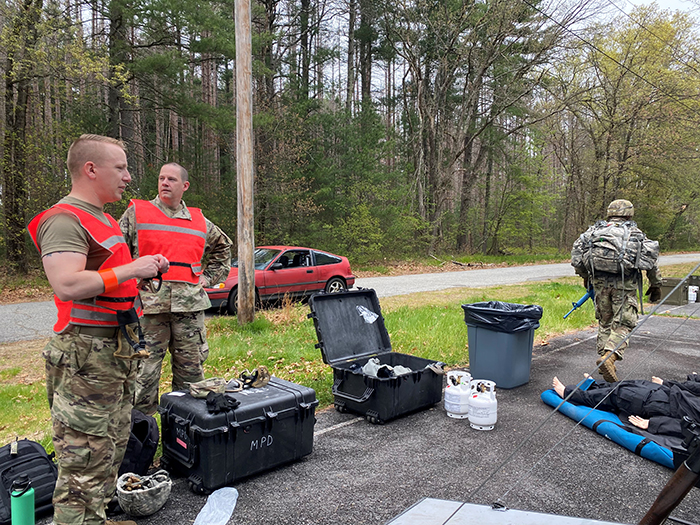Behind the Science with Pierre A. Fabries, LTC, M.D. Ph.D., French Research Physiologist in the Military Performance Division
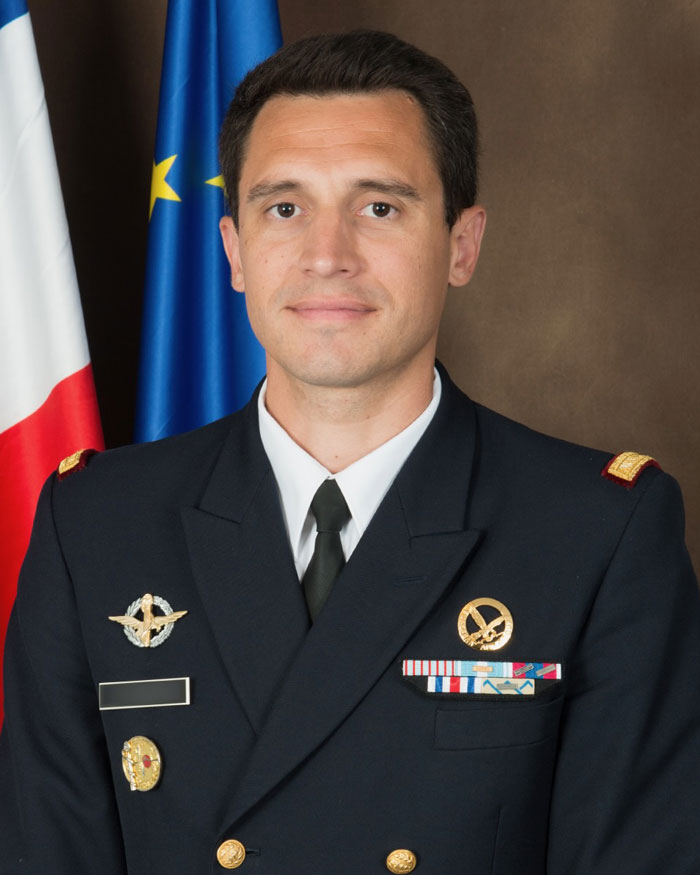
How long have you been at the U.S. Army Research Institute of Environmental Medicine?
I have been at USARIEM for three months. In 2023, I defended my Ph.D. on hypoxia responses in humans, focused on individual vulnerability and sleep loss impact, that's why I naturally joined Dr. Beth Beidleman's team in the Military Performance Division upon my arrival. I come from the French Armed Forces Biomedical Research Institute in Brétigny-sur-Orge, which is the French Military Health Service establishment dedicated to defense biomedical research. I am here for two years, as part of an Engineer and Scientist Exchange Program between the USA and French governments. I am the first French officer in this exchange with USARIEM but there have already been a half dozen U.S. officers who conducted research in France; Maj. (now Col.) Robert Carter was the first from USARIEM in 2004. This experience was prepared with my French commanders and was made possible by the chance to cross paths with Dr. Karl Friedl and Dr. Beth Beidleman, internationally renowned scientists in the field of soldier performance and altitude.
How did you become interested in Soldier Performance in Environmental Extremes?
I joined the French Armed Forces in 2004 as a Cadet Officer to pursue my medical degree. After my 6-year medical training, I completed a three-year residency as a general practitioner with specialization in the areas of emergency medicine, sports medicine and flight surgeon duties. I discovered biomedical research as part of my medical thesis requirements. Given that heat stroke is a common problem for both soldiers and athletes, I carried out research to identify biomarkers in the saliva and urine that would potentially predict heat stroke during a strenuous exercise event. After my M.D., it was as a general practitioner in the Armed Forces that I became interested in the effects of environmental extremes on the health and performance of soldiers. Given my background as a flight surgeon, I became particularly interested in the impact of hypoxia and altitude on performance and altitude illness, as well as aeronautical constraints for pilots. In the military community, we need researchers and medical experts to carry out work aimed at preserving the health and performance of soldiers in the near term, so they are mission capable and in the long term when they are veterans. Therefore, following this period, I then came back to the University to complete my master's and doctorate degrees so that I could continue to focus on research for the soldier. Part of my job is to develop countermeasures and recommendations for the decision makers in the Armed Forces. For this, my medical background is useful in my research as it is a continuum of understanding.
What projects are you currently working on?
I am fortunate to be working on part of Dr. Beidleman's research project which aims to develop an individualized real-time hypoxic monitoring tool to assess health and performance during rapid exposure to high altitudes in unacclimatized lowlanders. The project took place at the legendary Pikes Peak Laboratory this past summer. Although I was unable to travel to Colorado this past summer due to logistical constraints, I am looking forward to going there next year. However, I was able to take part in the baseline data collection here at USARIEM. I have been actively working on the data from that study and presented the results describing how active ascent accelerates symptoms of acute mountain sickness at the International Hypoxia Symposia in Lake Louise, Canada, in February of 2025.
In addition, I am excited to work on an oxygen saturation, or SpO2. wearable study that validates SpO2 prototypes that do not impact soldier tasks against a gold standard. Current finger-based systems are inappropriate for soldiers, but also pilots. This study is being done in the USARIEM hypobaric chamber under a project led by Bill Tharion.
I have also been asked to lead a review of all the research conducted over 50 years on Pikes Peak to determine the Army's return on investment. Being new to this laboratory, I can provide a fresh look at this foundational research that will allow us to identify remaining gaps in our knowledge.
I am very happy to join Dr. Beidleman's team of post-doctoral students and technicians. I wish to make the most of my time here at USARIEM by learning as much as I can from a world-renowned expert in the field. It is a mutual learning experience for both of us and will hopefully lead to collaborations between the U.S. and French Armed Forces to solve problems related to mountainous and high-altitude operations.
What aspects of your job do you love and find most gratifying?
What I love about my job is that we work to push current knowledge and be on the cutting edge of research. I also love supporting the military community to protect their health as they are pushed to the limit of their operating capacity. I love discovering new and interesting material and product solutions to help the Armed Forces. Of course, this is only possible by following a rigorous scientific approach, and above, all thanks to multidisciplinary teamwork, for which I am always very happy and grateful.
What I find most gratifying is when we develop deliverables for operational soldiers and when our work is recognized and shared by peers in publications, at conferences or in the context of exchanges between laboratories. Also, I like to transmit and share knowledge. But perhaps what I enjoy most at the moment is being part of the great USARIEM research laboratory, internationally recognized as the DoD's premier laboratory for Warfighter health and performance research, and working with the members of Dr. Beidleman's team!
What part of your job do you find to be the most difficult?
The research process can sometimes seem long with all the required ethical, regulatory, and logistical steps. I have learned to be patient because we must collect quality data and obtain results under rigorous scientific conditions. Although it is always great to find positive results, finding negative results can be just as important. When we have to provide quick answers, we always have the possibility of relying on published work and our own expert opinion formed through experience. I also believe that research is a profession for passionate people who don't follow a timetable.
When you are not at the Institute, what do you like to do for fun?
When I'm not working, I enjoy my free time doing sports. I've already spotted some great running trails here. I like meeting up with friends and I love culture and theater. For that I'm lucky because Boston offers beautiful sites and great theaters! I have already discovered the Harvard Museums and visited the famous Museum of Fine Arts.
2025
2024
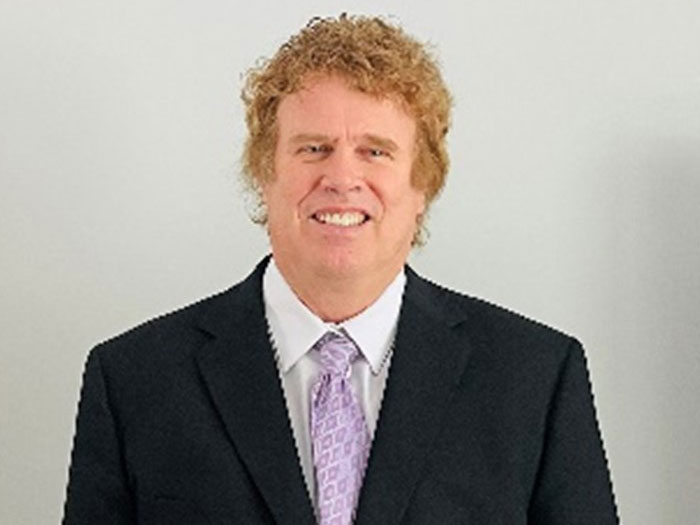

2023
